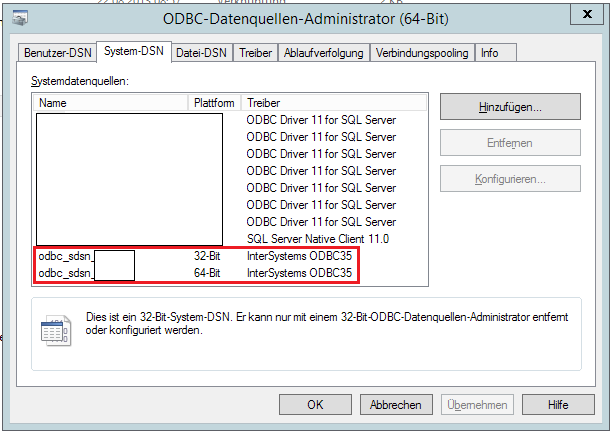Hello All,
I hope it's not a silly question.
Here is my issue:
I have 3 simple classes:
Parent class, let's say:
Class ParentClass Extends %RegisteredObject
{
Property a As %String;
}
and two children classes
Class A.Child Extends ParentClass
{
Property b As %String;
}
Class B.Child Extends ParentClass
{
Property c As %String;
}
So no issues - all compiles and seem to work.
But, when I add %XML.Adaptor to my parent class, so:





